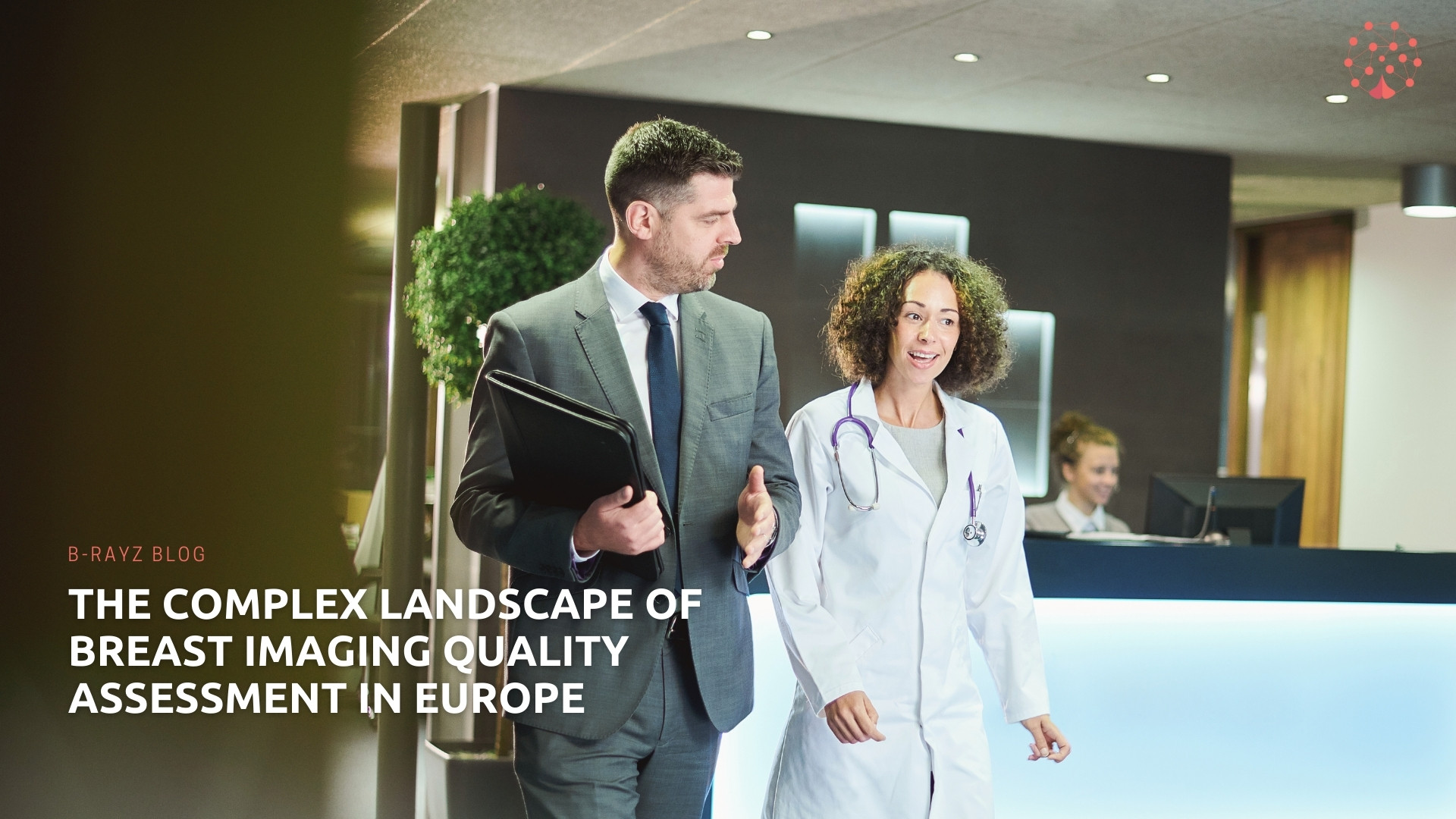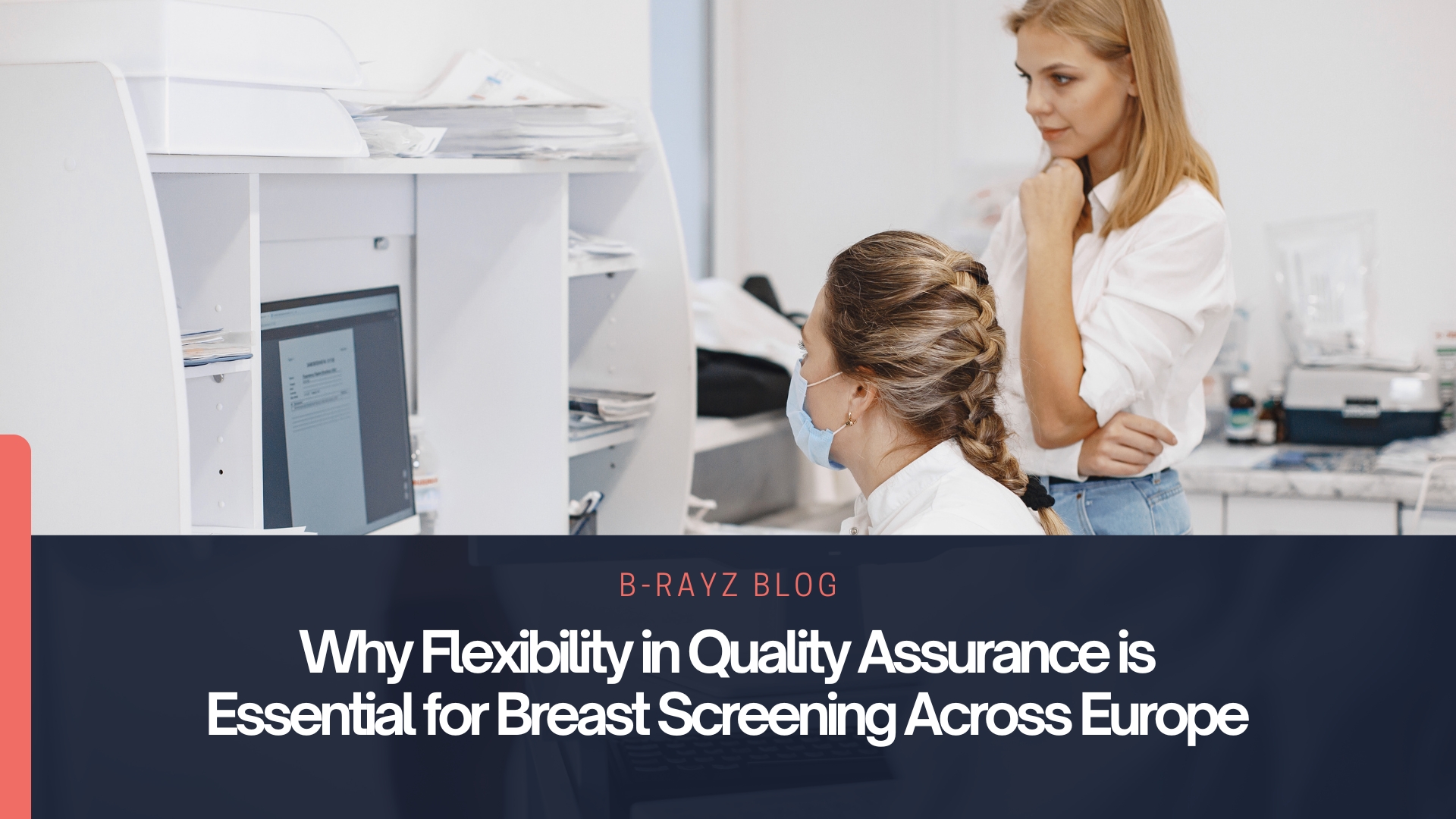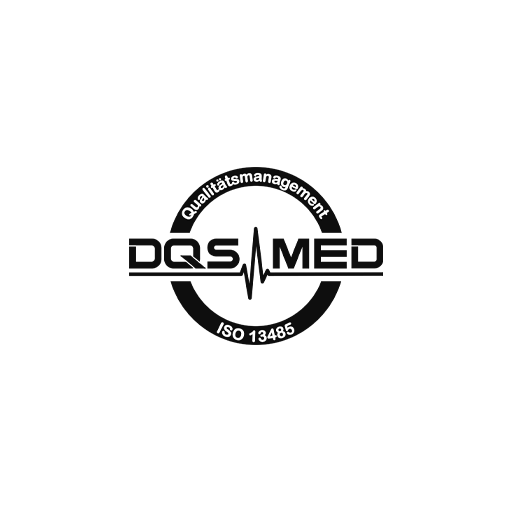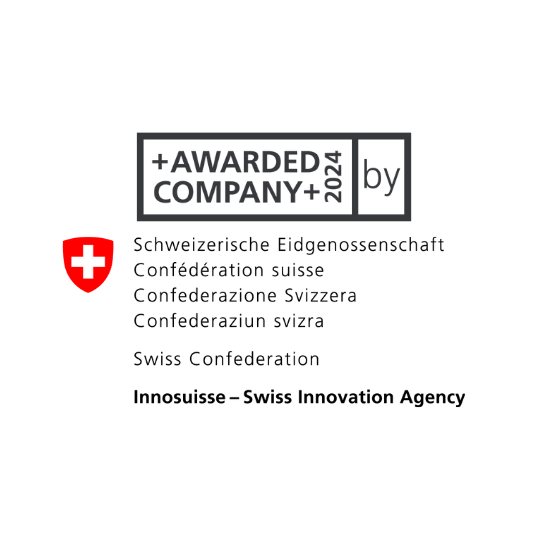In the field of breast imaging, quality assessment is crucial for ensuring accurate diagnostics, patient safety, and effective cancer detection. Across Europe, however, one of the key challenges is the lack of a universal, standardized framework for evaluating the quality of mammographic images. Unlike other medical imaging fields that may have more streamlined standards, breast imaging in Europe is influenced by a range of country-specific guidelines. This diversity creates complexities for radiologists and healthcare providers working within the field.
In particular, the PGMI system (Perfect, Good, Moderate, Inadequate) is one well-established method for assessing the quality of mammographic images. While it provides a structured approach to evaluating image quality, the implementation of PGMI is not consistent across all European nations. Many countries have developed their own specific guidelines and regulations for breast imaging based on national health policies, which means radiology departments and healthcare providers must adapt to a patchwork of varying standards.
The Impact of Diverse Guidelines on Breast Imaging in Europe
The diversity in breast imaging protocols across Europe presents several challenges. For instance, a radiology department in Germany may adhere to different guidelines from those followed in Spain, Sweden, or the UK. This situation can complicate the efforts of multinational healthcare providers and imaging centers, requiring them to adjust their practices and quality assurance procedures to meet local regulations. This variation also has significant implications for radiologists who move between countries or work with international teams. Understanding how to comply with different national guidelines, while ensuring consistent and high-quality diagnostics, is critical for maintaining effective breast cancer screening and imaging services.
Some of the notable issues that arise from this diversity include:
- Variation in Image Quality Standards: Countries may have differing thresholds for what constitutes a high-quality mammogram, with some nations adhering to more stringent quality control measures than others.
- Differences in Equipment and Technology: Certain countries may have access to more advanced imaging technologies and equipment, impacting the consistency of image quality across Europe.
- Training and Certification: The level of training required for radiologists and technicians can vary widely, leading to differences in image interpretation quality and patient outcomes.
Adapting to Country-Specific Guidelines
Given the fragmented nature of breast imaging standards, radiology departments must seek out flexible solutions that allow them to adapt to the various national and regional guidelines in place. Some key strategies include:
- Accommodating Regional and National Guidelines: Radiology providers need tools and systems that can adjust to the unique requirements of each country. This may include integrating software that automatically adjusts imaging protocols to meet local guidelines.
- Standardizing Where Possible: While local adaptation is necessary, it’s also important to adhere to international best practices. For example, the European Reference Organisation for Quality Assured Breast Screening and Diagnostic Services (EUREF) offers guidelines that can serve as a benchmark for many countries. By adopting standards like those recommended by EUREF, healthcare providers can ensure some level of uniformity in image quality, while still accommodating local variations.
- Implementing Flexible Quality Control Tools: Quality control is essential for ensuring accurate breast imaging results. Departments can benefit from quality control software that is capable of measuring image quality based on the specific standards of the country or region where the imaging is taking place.
- Providing Tailored Training and Education: Training programs should be designed to accommodate the different requirements of each country. Radiologists and technicians must be educated on the specific guidelines they are required to follow, ensuring that they are equipped to deliver consistent, high-quality imaging results.
The Role of Advanced Software in Streamlining Breast Imaging Quality Assessment
One of the most effective ways to address the challenges posed by diverse breast imaging guidelines is through the implementation of advanced imaging software. Software systems designed for breast imaging can be programmed to comply with different national regulations. This ensures that radiologists are always working in accordance with local standards. These tools offer numerous benefits, including:
- Automated Compliance: Imaging software can automatically adjust settings and workflows to align with the country-specific guidelines in place, reducing the risk of errors and ensuring compliance with local laws.
- Data Standardization: By leveraging software that follows international standards, healthcare providers can ensure that image quality remains consistent, even when working across borders.
- Real-Time Quality Monitoring: Advanced software allows for real-time quality control, enabling radiologists to assess the quality of images as they are captured, and make adjustments as necessary.
Training and Education for Consistent Quality
As different European countries implement their own breast imaging guidelines, it’s crucial that radiologists and technicians receive tailored training that addresses these national differences. Training programs should focus on:
- Understanding Local Regulations: Radiologists should be well-versed in the specific guidelines that apply to their region. This may require ongoing education as national standards evolve over time.
- Best Practices in Breast Imaging: While local regulations may differ, there are still overarching best practices that should be followed in all countries. Training should emphasize adherence to these international standards, such as those provided by EUREF. (Learn more about EUREF here.)
Conclusion: Striving for Uniformity in a Diverse Landscape
In conclusion, the diverse landscape of breast imaging quality assessment across Europe presents challenges, but also opportunities for innovation. While there may not be a single, universal standard for breast imaging, flexible solutions—such as advanced imaging software and tailored training programs—can help healthcare providers adapt to the different regulations in place across the continent.
By prioritizing tools and systems that accommodate regional guidelines, while also adhering to international best practices where possible, radiologists can ensure consistent quality in breast cancer detection and improve patient outcomes.
By prioritizing tools and systems that accommodate regional guidelines, while also adhering to international best practices where possible, radiologists can ensure consistent quality in breast cancer detection and improve patient outcomes.
Find practical tips also in our blog about quality control here: https://b-rayz.com/quality-control-mammography/








